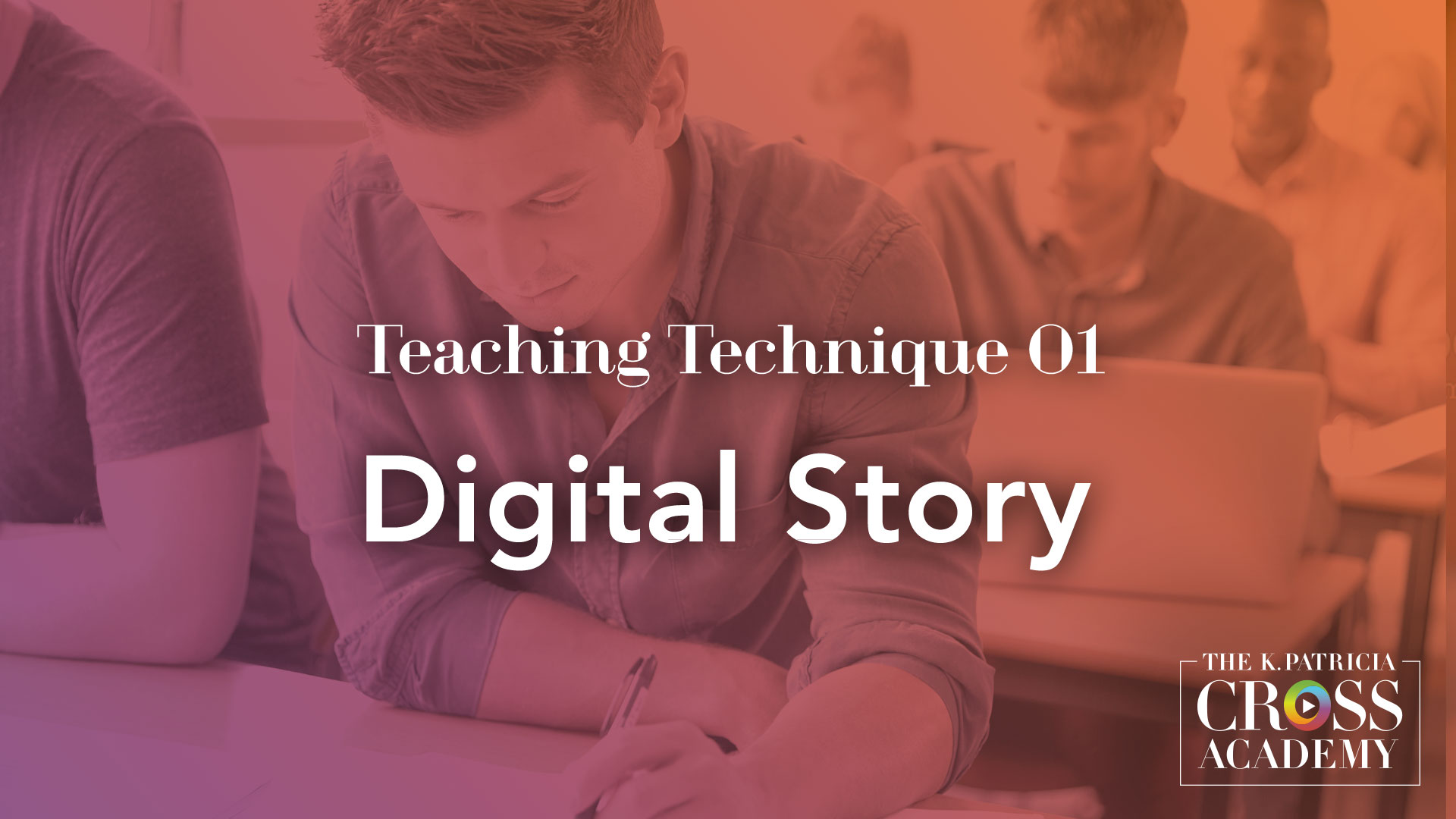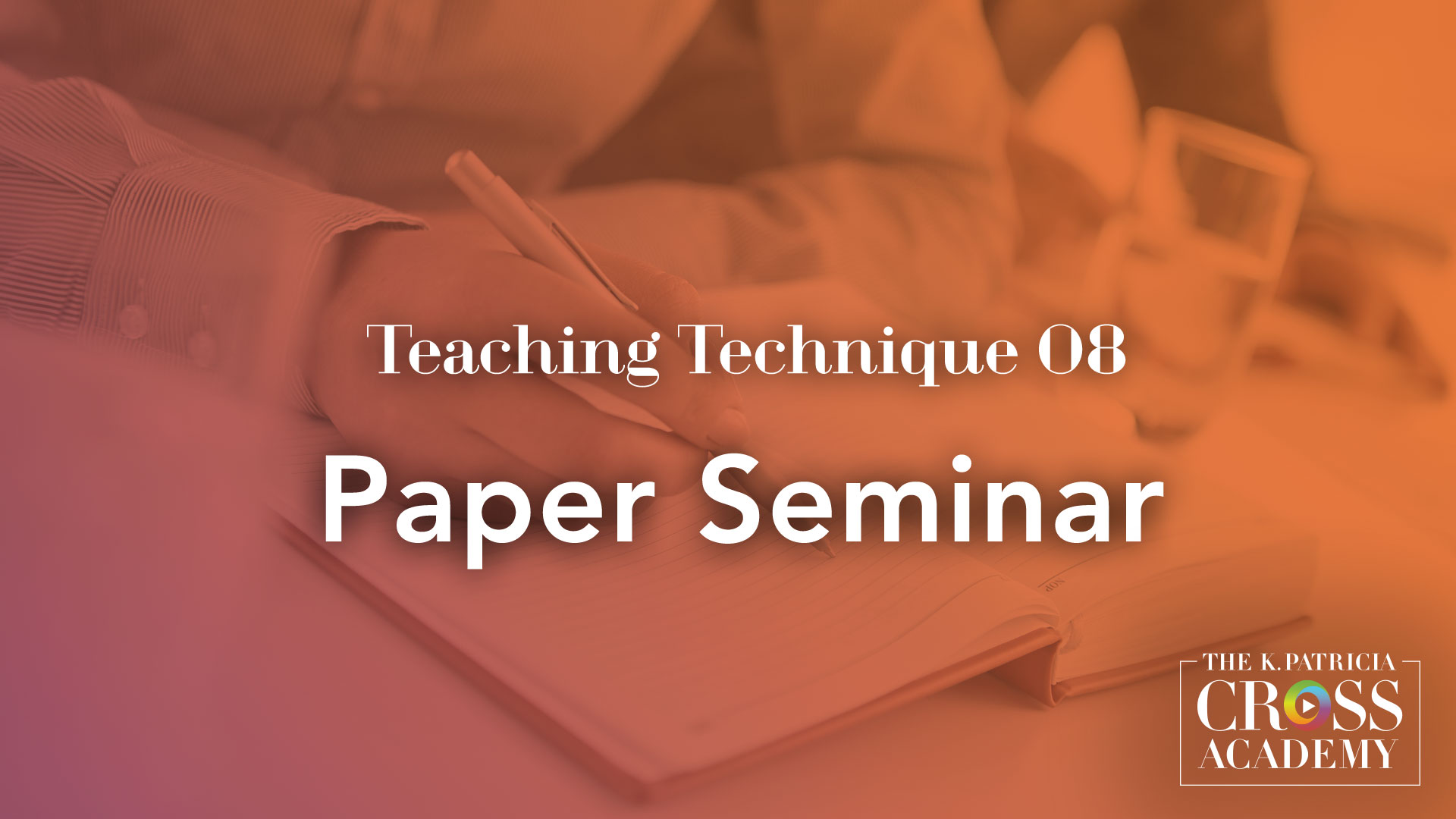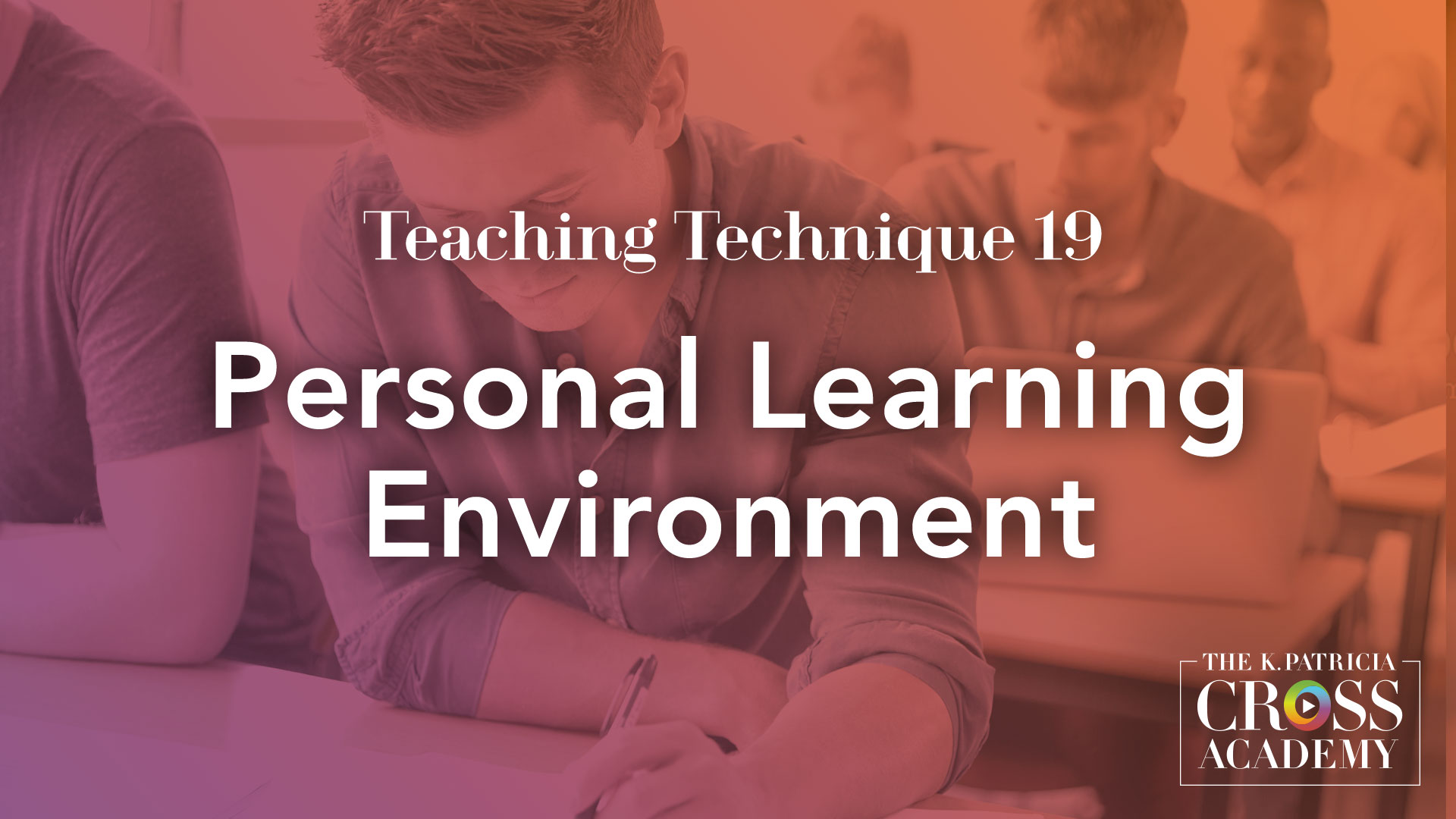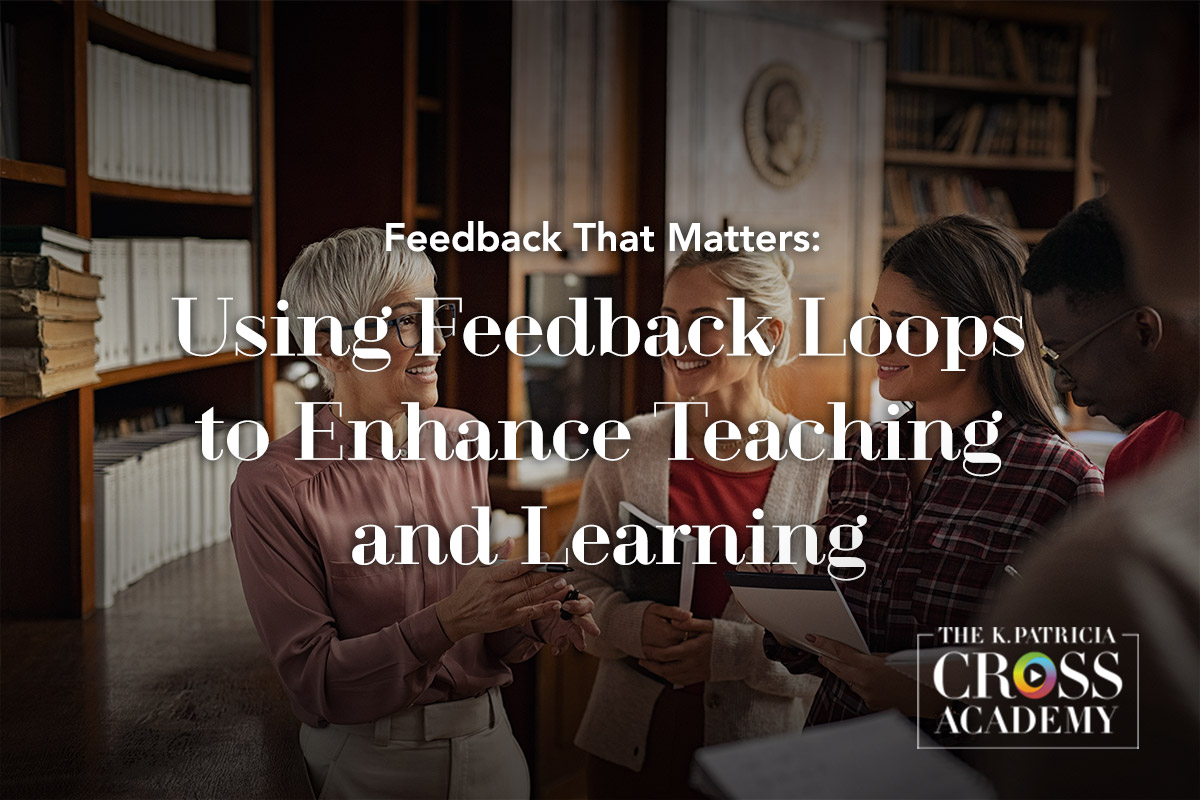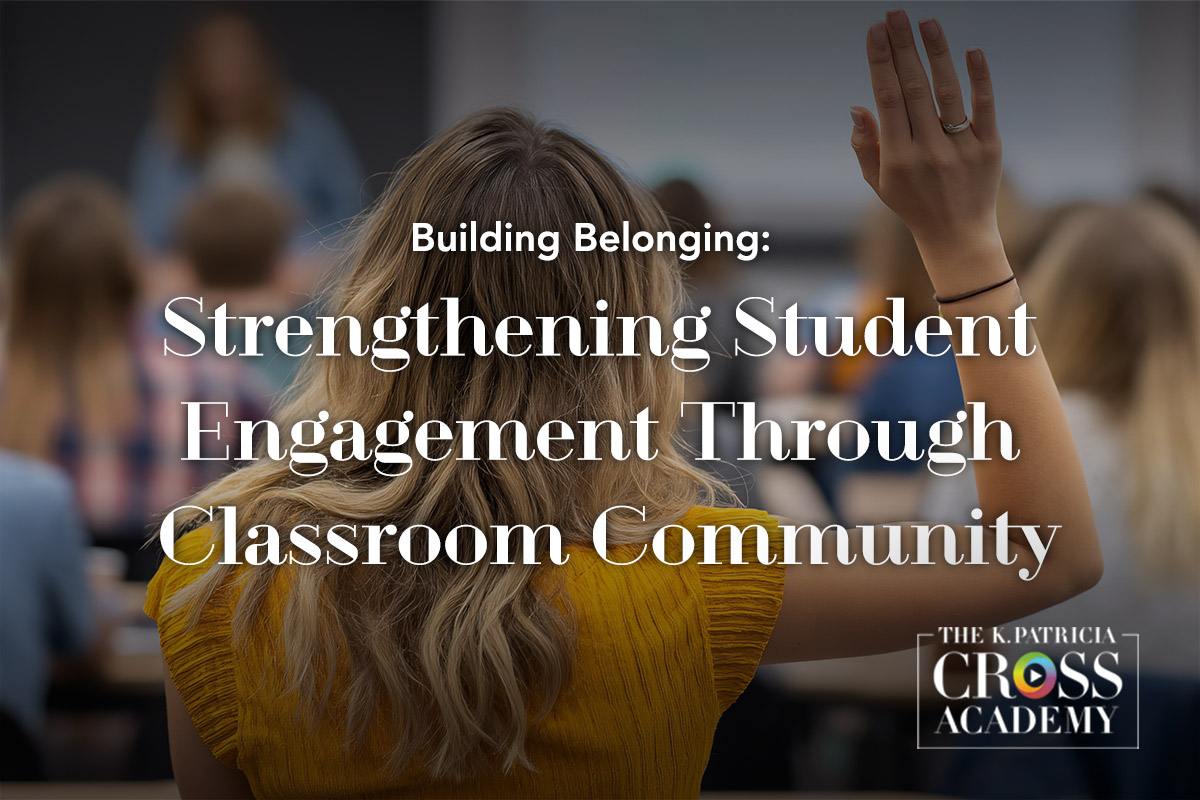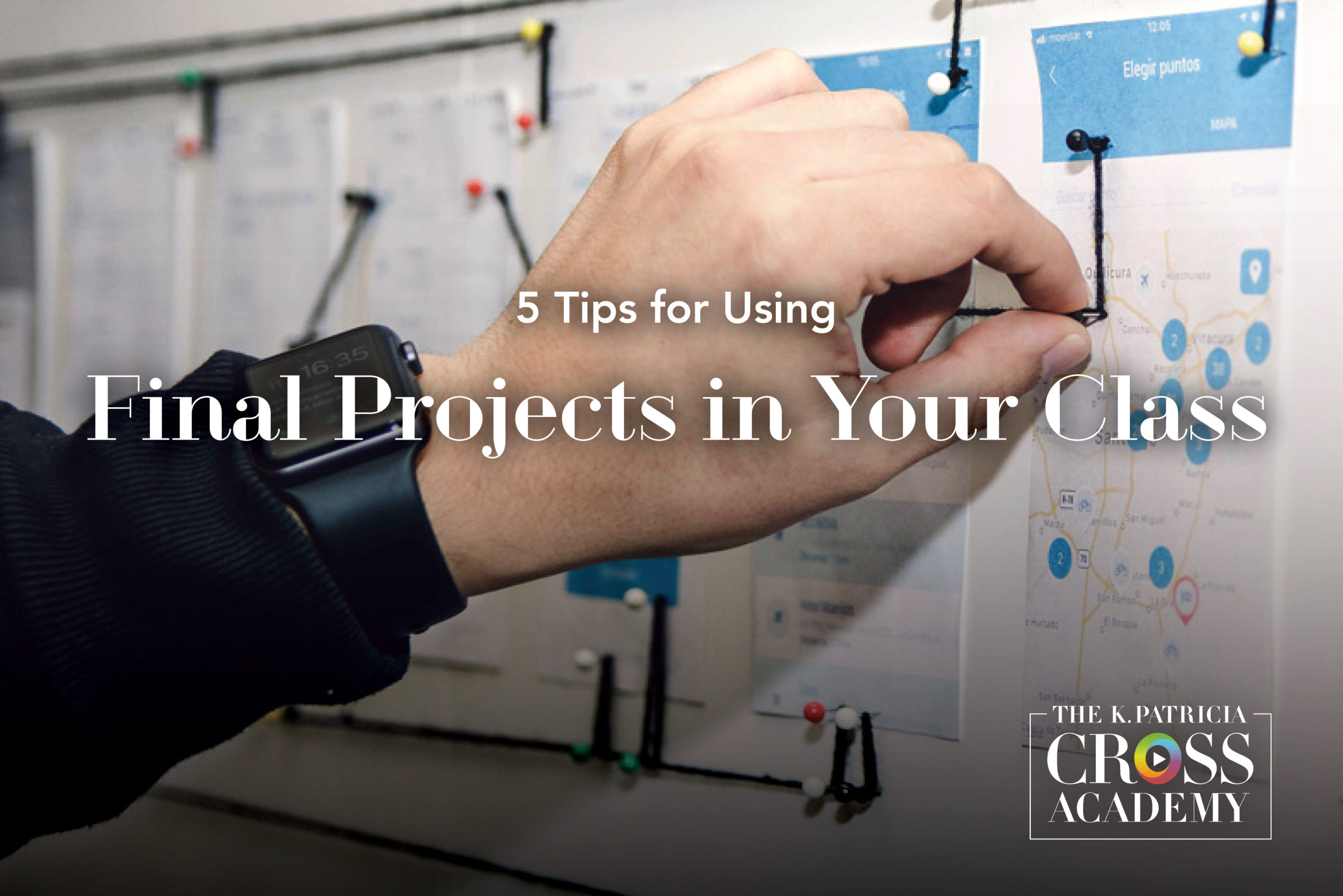
Months of lectures, activities, group projects, quizzes, readings, and more typically culminate in an end-of-term evaluation. It may be tempting to slip into the default “review for final exam” mode as a term comes to a close as tests can be worthwhile for student learning and retention (see 8 Benefits of Frequent Quizzing and Testing.) However, final projects can prove more advantageous and better facilitate a student’s understanding of the most significant parts of a course. Whether individual or group efforts, they can serve as a capstone activity and give students the opportunity to examine a topic of their choosing in detail. With the right level of faculty support, students completing their final projects should be able to successfully demonstrate the content learned and skills developed over the semester.
Advantages and Disadvantages of Final Projects
Should you end the term with a final project or a comprehensive exam? There are some clear advantages to final projects. For one, they’re generally more appealing to students and less of a hurdle for those with testing anxiety. Students can demonstrate their learning on their own terms and may even have fun in the process. Well-designed final project assignments encourage students to summarize and revisit material from throughout the semester and put it together in a form that demonstrates their own personality and creative sensibilities.

Projects may be less stressful because students can plan around their own schedules, rather than asking students to recall everything they’ve learned during a term in a single class period. Additionally, some projects lend themselves to the creation of professional, polished products that may serve students beyond the classroom. The project experience in some cases may stir a passion for the subject that will keep students engaged even after the term ends.
That said, there are some disadvantages to final projects. They may be fun and engaging for students, but they also demand a lot of time and work. Synthesizing a semester’s worth of material into an original work often demands more time than studying for a test. They may require the coordination of group schedules, in and out of class, and students may get overloaded if they are juggling projects from other courses or heavy work schedules. Projects also may take longer to grade compared to tests, and the experience of waiting for their final result can cause some students undue stress and worry. That prolonged period of anxiety could distract students from their other courses and day-to-day activities.

5 Tips for Using Final Projects
There are more advantages to final projects than potential disadvantages, but it’s important to design assignments that help students accomplish key learning goals if you choose to pursue this path of end of semester assessment. Here are a few suggestions for making final project assignments more effective:
- Give students time to think. Don’t rush students through their projects. Give them moments to think through everything they’ve learned and identify what sticks out from all their notes and documents.
- Don’t spend too much class time reviewing old material. When you spend a lot of time doing whole-class review, students tend to lose focus. Instead, allow students time to focus on their individual projects or work in groups.
- Offer students options and ways to personalize their projects. If every student project looks indistinguishable, the assignments start to feel less like projects and more like recipes. Give students options for their work and as many chances to display their own sensibilities as possible.
- Help students prioritize. Final projects require careful curation and discernment. Students can’t cram in everything they’ve learned and must make careful decisions about what to include. Encourage them to sort through their priorities and determine which topic they’re most interested in examining in their projects.
- Who are these projects for? Make it clear to your students who their audience is. Is it just the teacher or could these projects appear in a gallery? Or a class book? Or some form of online publication? If students feel like their work will be seen by others, they may be more motivated.
Cross Academy Techniques:
There are a variety of ways to assign final projects, but here are a few engaging options to consider:
As noted above, Class Books offer students the opportunity to have their work seen by peers. Individual students plan out their research papers or essays and they’re all published together in a book made available to the class.
Triple-Jump assignments are three-step projects that ask students to consider solutions and attempt to solve a problem from the real world.
Students use video, graphic, audio, and/or web publishing software to create personal stories that illustrate relevant academic themes.
Students get together in class to have meaningful conversations about their work.
PLEs are collections of people and digital resources that students can access for learning. Students demonstrate potential connections by creating visible networks of the collections.
Email us to receive information about new blog posts.
References
Miller, M. (2019). 10 ideas for digital end of semester projects. https://ditchthattextbook.com/10-ideas-for-digital-end-of-semester-final-projects/
Barkley, E. F., & Major, C. H. (2020). Student Engagement Techniques: A handbook for college faculty. San Francisco: Jossey Bass/Wiley.
Barkley, E. F., & Major, C. H. (2018). Interactive lecturing: A handbook for college faculty. San Francisco: Jossey Bass/Wiley.
Barkley, E. F., & Major, C. H. (2016). Learning assessment techniques: A handbook for college faculty. San Francisco: Jossey Bass/Wiley.
Suggested Citation
Barkley, E. F., & Major, C. H. (n.d.). 5 tips for using final projects in your class. CrossCurrents. https://kpcrossacademy.ua.edu/5-tips-for-using-final-projects-in-your-class/
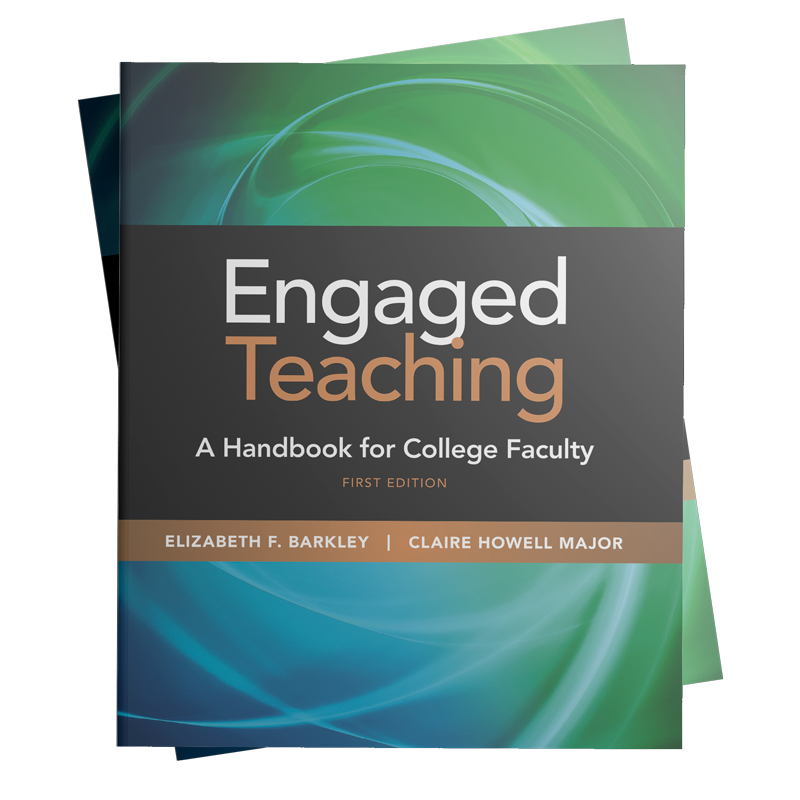
Engaged Teaching
A Handbook for College Faculty
Available now, Engaged Teaching: A Handbook for College Faculty provides college faculty with a dynamic model of what it means to be an engaged teacher and offers practical strategies and techniques for putting the model into practice.


